Ernesto Martinez
When Bioprocess Engineering Meets Machine Learning: A Survey from the Perspective of Automated Bioprocess Development
Sep 02, 2022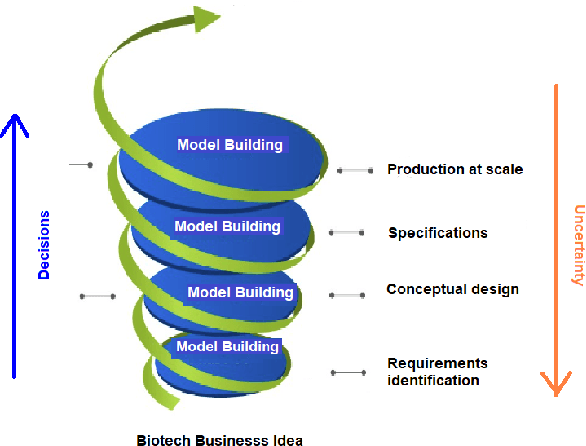
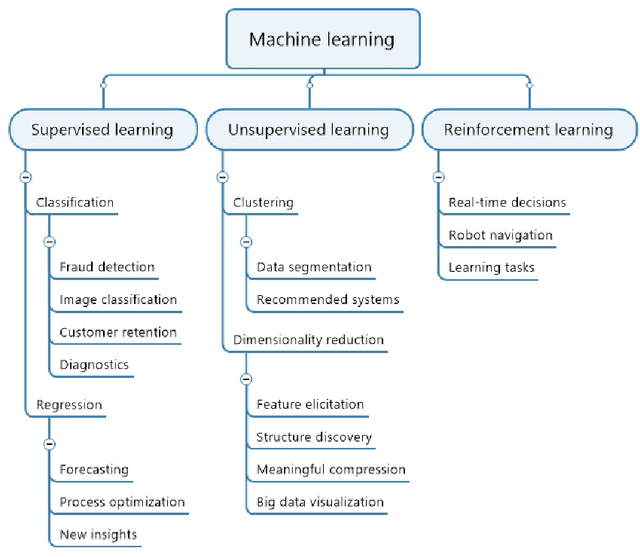
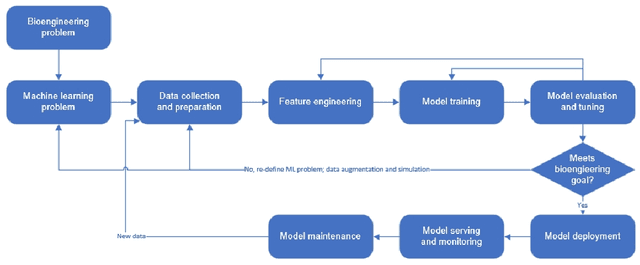
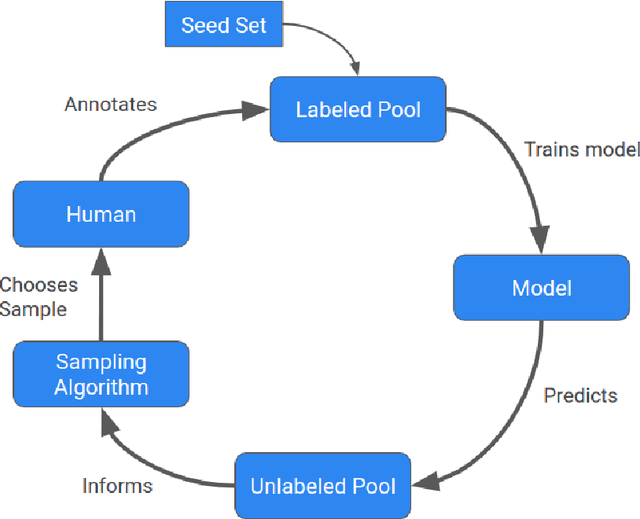
Abstract:Machine learning (ML) has significantly contributed to the development of bioprocess engineering, but its application is still limited, hampering the enormous potential for bioprocess automation. ML for model building automation can be seen as a way of introducing another level of abstraction to focus expert humans in the most cognitive tasks of bioprocess development. First, probabilistic programming is used for the autonomous building of predictive models. Second, machine learning automatically assesses alternative decisions by planning experiments to test hypotheses and conducting investigations to gather informative data that focus on model selection based on the uncertainty of model predictions. This review provides a comprehensive overview of ML-based automation in bioprocess development. On the one hand, the biotech and bioengineering community should be aware of the potential and, most importantly, the limitation of existing ML solutions for their application in biotechnology and biopharma. On the other hand, it is essential to identify the missing links to enable the easy implementation of ML and Artificial Intelligence (AI) solutions in valuable solutions for the bio-community. We summarize recent ML implementation across several important subfields of bioprocess systems and raise two crucial challenges remaining the bottleneck of bioprocess automation and reducing uncertainty in biotechnology development. There is no one-fits-all procedure; however, this review should help identify the potential automation combining biotechnology and ML domains.
SunCast: Solar Irradiance Nowcasting from Geosynchronous Satellite Data
Jan 17, 2022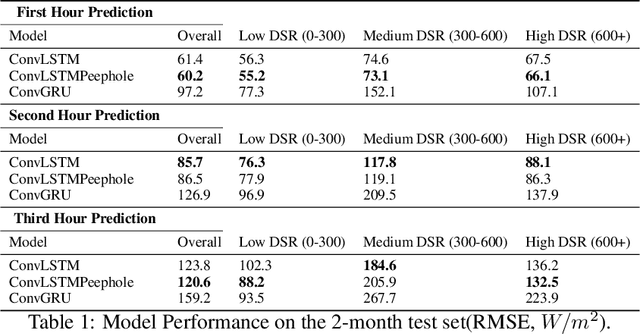
Abstract:When cloud layers cover photovoltaic (PV) panels, the amount of power the panels produce fluctuates rapidly. Therefore, to maintain enough energy on a power grid to match demand, utilities companies rely on reserve power sources that typically come from fossil fuels and therefore pollute the environment. Accurate short-term PV power prediction enables operators to maximize the amount of power obtained from PV panels and safely reduce the reserve energy needed from fossil fuel sources. While several studies have developed machine learning models to predict solar irradiance at specific PV generation facilities, little work has been done to model short-term solar irradiance on a global scale. Furthermore, models that have been developed are proprietary and have architectures that are not publicly available or rely on computationally demanding Numerical Weather Prediction (NWP) models. Here, we propose a Convolutional Long Short-Term Memory Network model that treats solar nowcasting as a next frame prediction problem, is more efficient than NWP models and has a straightforward, reproducible architecture. Our models can predict solar irradiance for entire North America for up to 3 hours in under 60 seconds on a single machine without a GPU and has a RMSE of 120 W/m2 when evaluated on 2 months of data.
 Add to Chrome
Add to Chrome Add to Firefox
Add to Firefox Add to Edge
Add to Edge